LOCKHEED AC-130 AND C-130 HERCULES
Warbirds are a fancy name given to fighting aircraft used in conflict. They were all extremely fast and powerful in taking down the enemy.
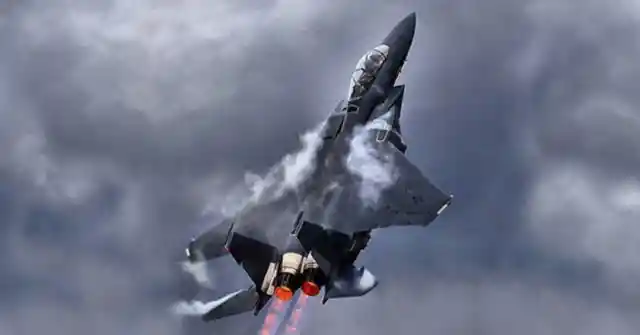
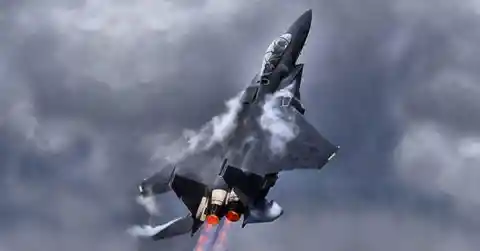
When most of us think of a warbird the one that comes to mind is the iconic F-15 fighter jet. However, that’s not the only deadly fighter in the skies…some of these would take the F-15 down with ease.
Think of the AC-130 as a flying boat. It can effectively shoot continuous rounds of ammo without interruption, until it runs out.
BELL BOEING V-22 OSPREY
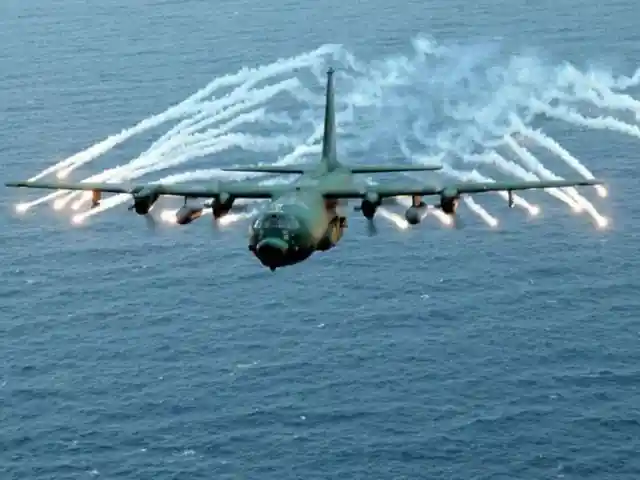
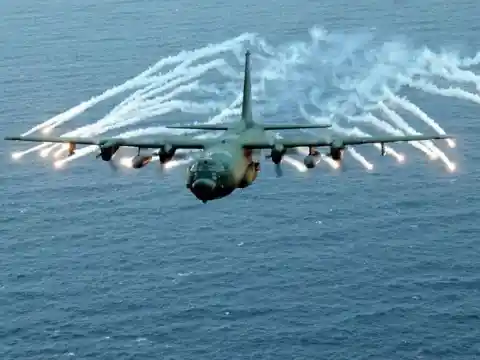
There is a pair of 20mm M61 Vulcan cannons, one Bofors 40-mm autocannon and a 105-mm M102 cannon. It is also capable of launching an AGM-176 Griffin missile.
Slow and steady wins the race right? Well it does in the case of the V-22 Osprey.
FAIRCHILD REPUBLIC A-10 THUNDERBOLT II
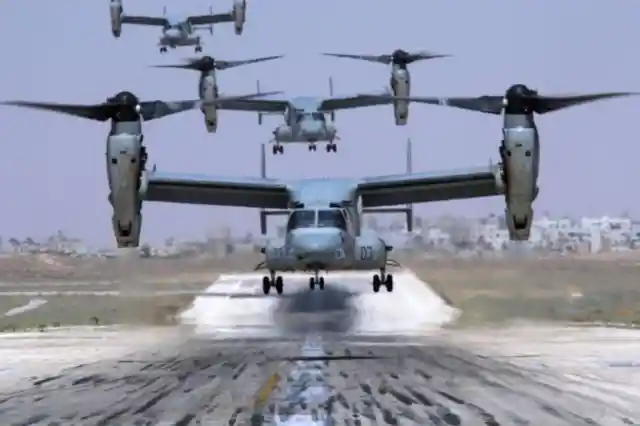
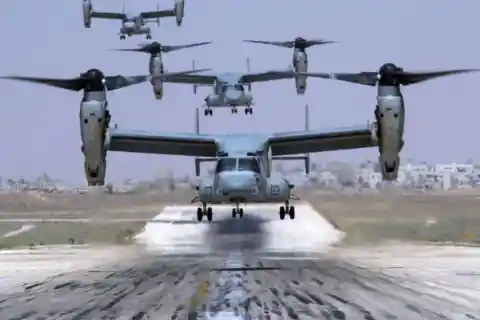
These planes can switch from helicopter mode to a turboprop airplane in a matter of seconds. Additionally, they are equipped with a 38 foot rotor system that rotates 90 degrees in mid flight.
Also called the “Warthog,” this ferocious aircraft is designed to look utterly intimidating and it certainly does. Primarily, it is utilized to provide close air support and ground attack aircraft.
POLIKARPOV I-16
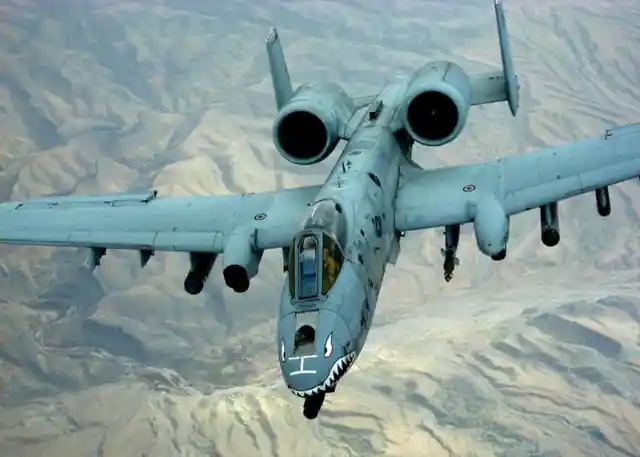
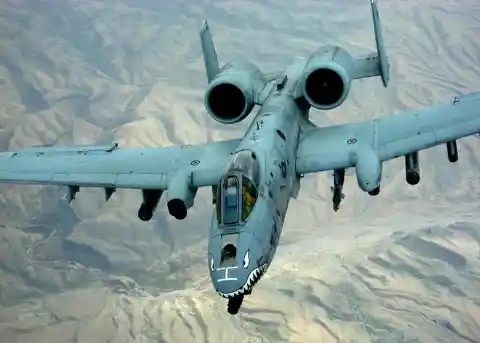
If worse came to worse, it could still travel with only one working engine, one tail, one elevator, and nearly half of its wing missing. In other words, it pumps quite a bit more horsepower than that Ferrari you are so happy to brag about.
This USSR plane was nicknamed the “Snub-Nosed Soviet Fighter” due to its… well… snubby nose. The plane was designed around Pratt & Whitney’s R-1820 radial engine, and saw battles in the Spanish Civil War. Most of these planes were destroyed while parked on the ground, during the Luftwaffe raid on Russia.
MITSUBISHI BETTY BOMBER
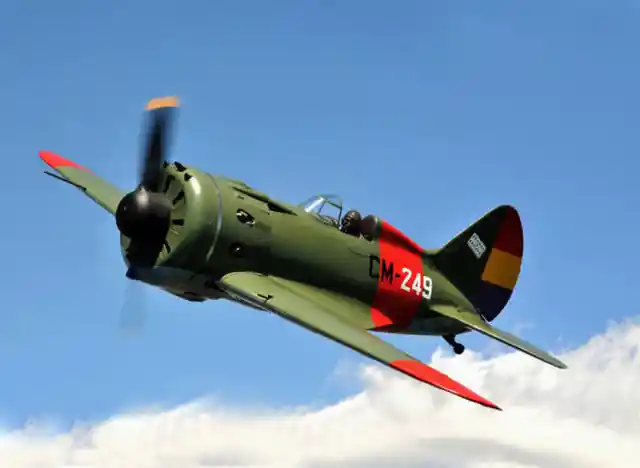
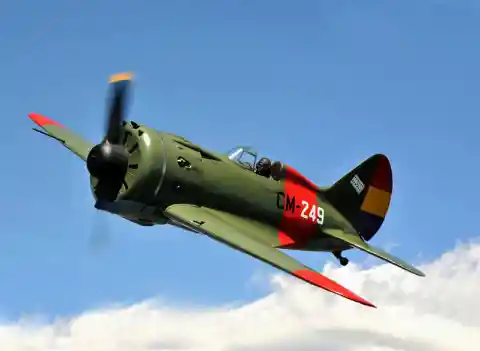
The reason? Russia did not have adequate radar to warn them of incoming enemy raids.
An important piece of the Japanese aerial arsenal, the Mitsubishi G4M bomber was code-named “Betty” by the Allies. This name must have been given ironically, because the airplane carried a combo of cannons and machine guns making it a difficult opponent for Allied forces.
GENERAL DYNAMICS F-16 FIGHTING FALCON

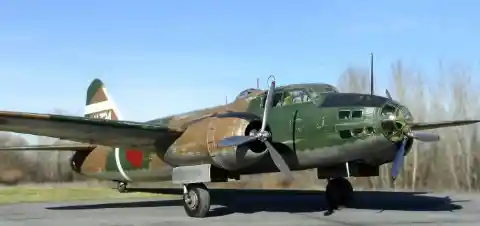
The Japanese built around 2,500 of these in total.
You are looking at the first fighter ever to be designed with relaxed stability fly-by-wire flight controls. It was also more efficient and cheaper to run that other fighters of its era.
MIG-15
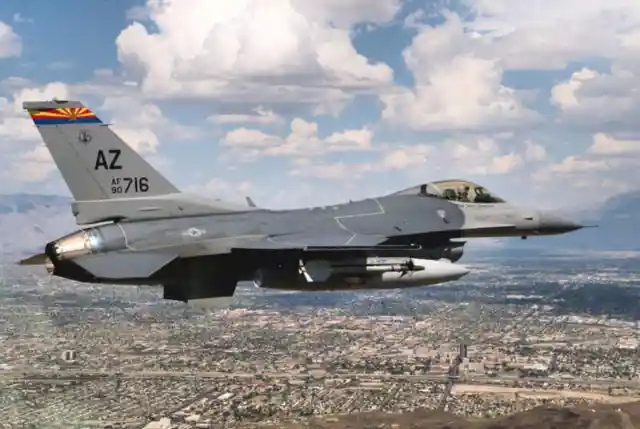
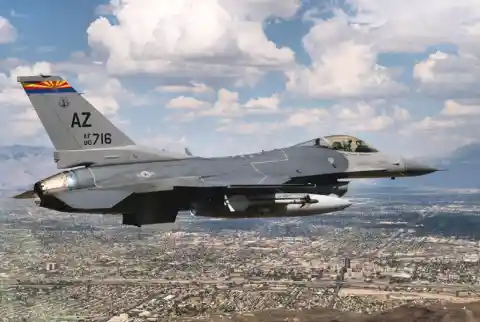
The F-16 can reach such ultra fast speeds as Mach 2.
This swept-wing Soviet fighter has a similar lack of nose to the Polikarpov plane, only this puppy has one of the most advanced Rolls-Royce engines ever built at that time.
MIG-17
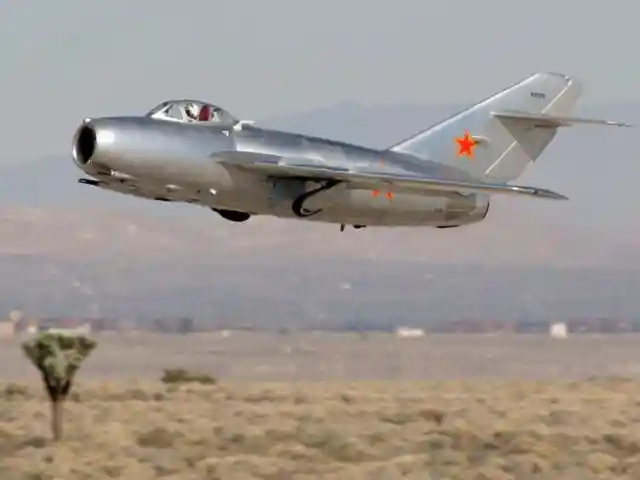
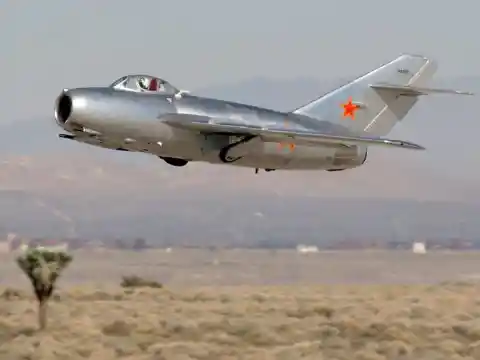
This plane mass produced to the tune of 18,000.
Might as well go on to the next one in the Soviet line of MiGs. Obviously they were really trying to make their planes look like rockets.
NORTHROP GRUMMAN GLOBAL HAWK
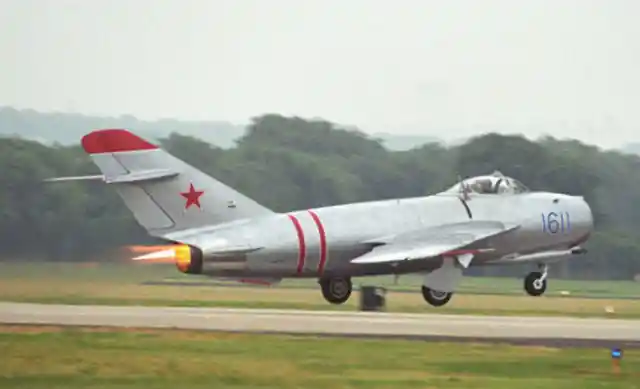
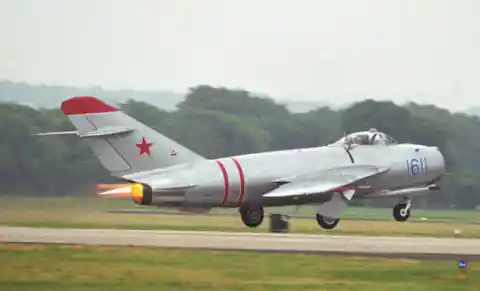
Toward the conclusion of the Vietnam War the MiG-17 was altered to serve the nation as a fighter-bomber. It can reach above the speed of sound.
Able to cruise at HIGH altitudes, this aircraft was first deployed in November 2001. Each aircraft costs $222.7 million per aircraft.
SAAB 35 DRAKEN
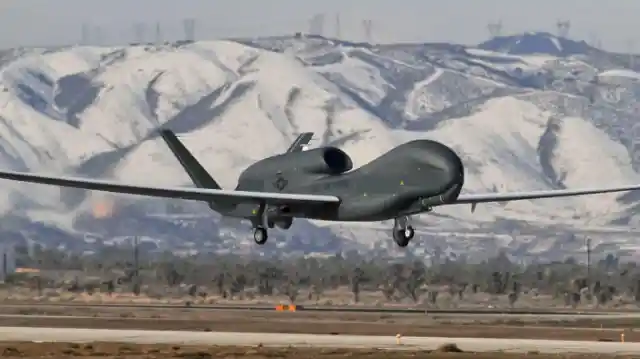
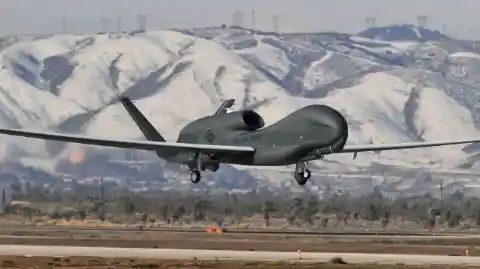
It can carry an impressive maximum payload of 1,200 pounds.
The Saab jet was originally designed for air defense with an equipped camera and radar. But with extraordinary speed and air-to-air missiles, it soon became used as a prominent fighter.
CURTISS SB2C HELLDIVER
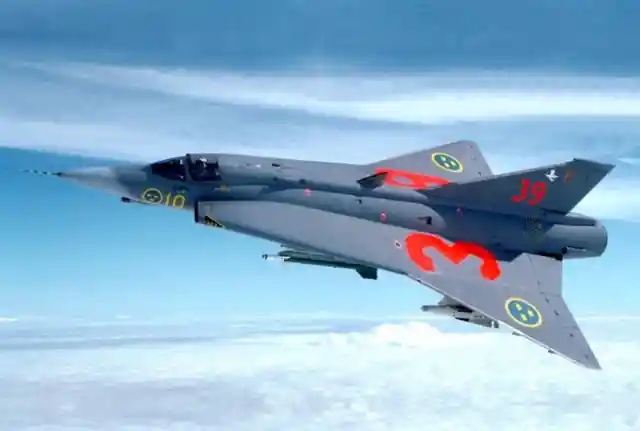
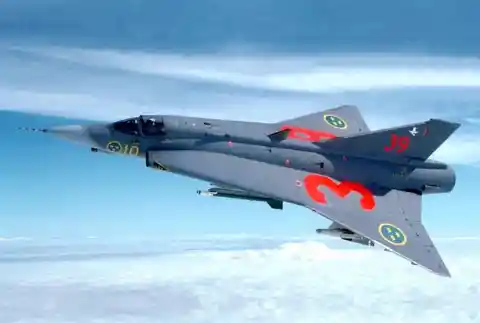
The fastest of the Saab jets could handle speeds of Mach 2.0.
Despite being rejected by the British Royal Navy and recommended for removal from service, the Curtiss was still able to rack up some service near the tail end of World War II. Upon being turned into a carrier-operated bomber, the Navy demanded over 800 changes be made to its original design.
CURTISS P-40 WARHAWK
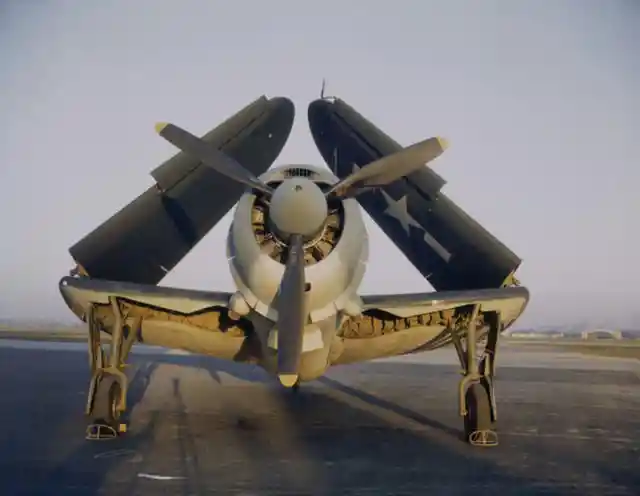
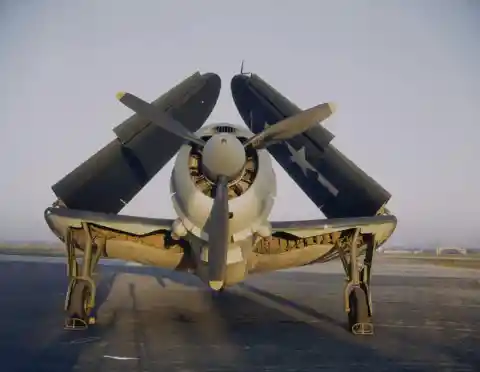
But you have to love the retractable wings, making it suitable for parking in the tightest of spaces. Welcome to life in the compact parking spot.
Although these aircraft were quite imaginative in appearance, they weren’t the most powerful of planes.
SOPWITH CAMEL
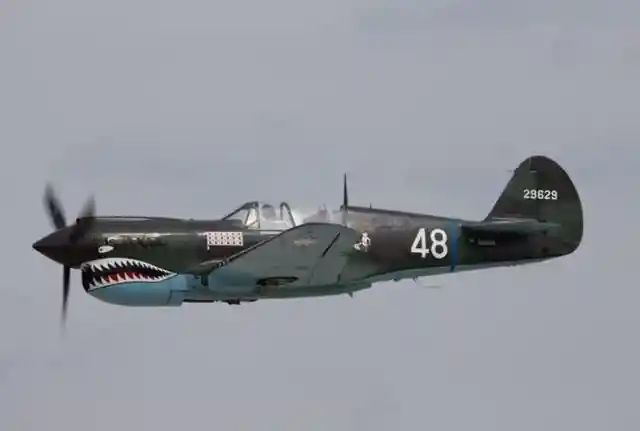
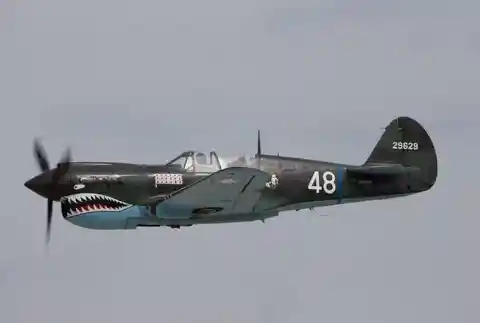
This was most noticeable at higher altitudes.
Let’s take this opportunity to kick it really old school. In 1917, these biplanes were the most successful Allied fighters of WWI.
NORTH AMERICAN B-25
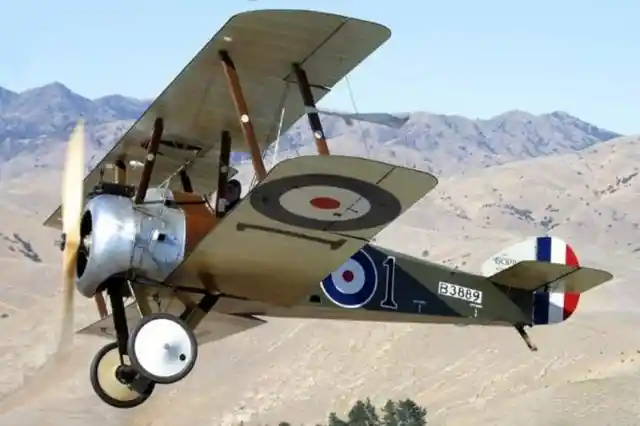
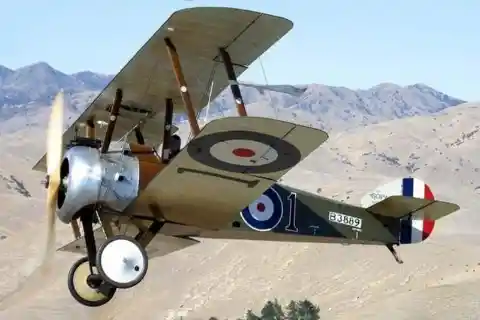
The name “Camel came from the little hump on the fuselage.
The B-25 was used in WWII starting in 1942. It has the distinction of carrying Jimmy Doolittle to victory during the first U.S.
HAWKER HARRIER
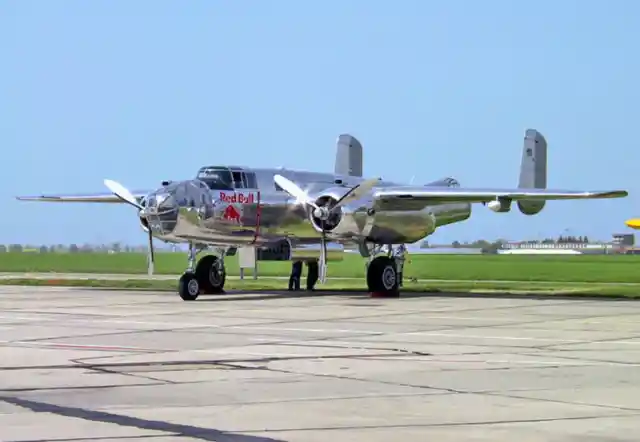
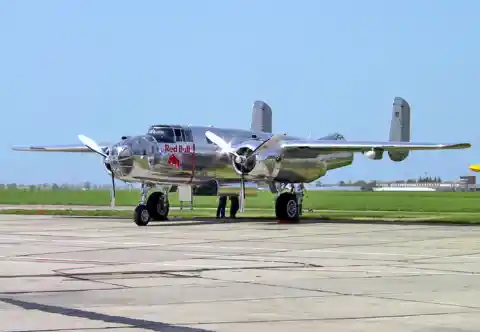
bombing of the Japanese mainland.
SUKHOI SU-27
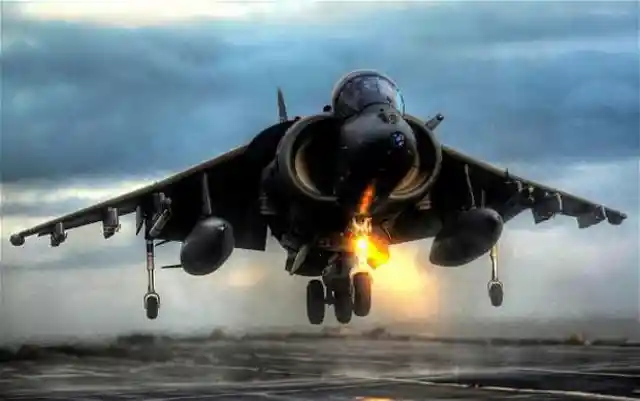
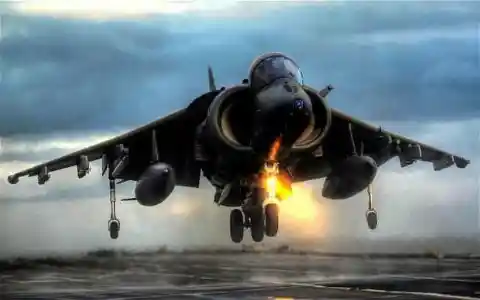
The first airplane capable of vertical takeoffs, the Harrier jet makes life on an aircraft carrier a little bit easier.
This was the USSR’s response to the American fighters of the 1980’s.
YAKOVLEV YAK-9
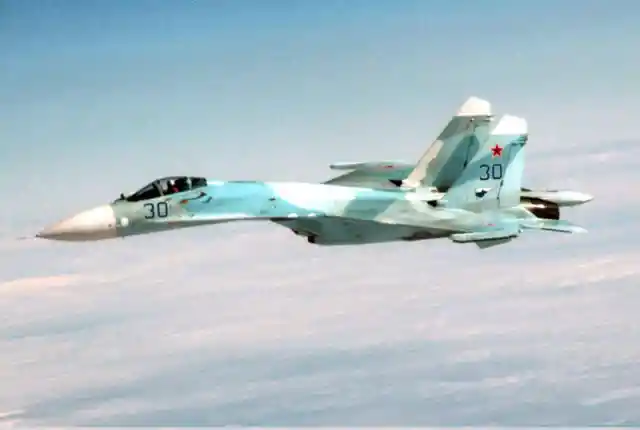
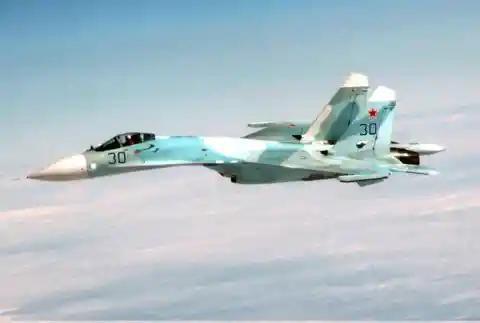
They built over 800 of them.
DE HAVILLAND MOSQUITO
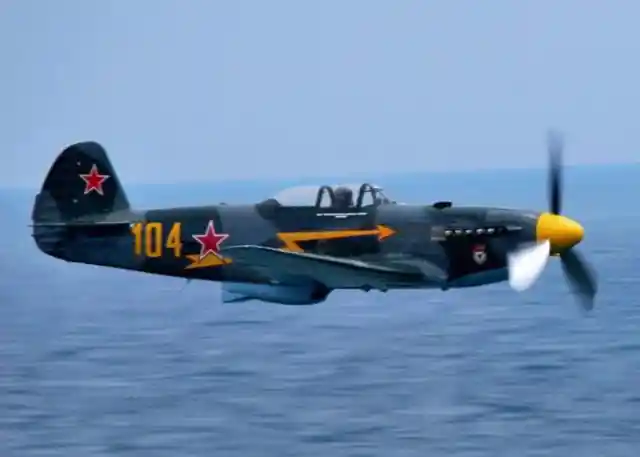
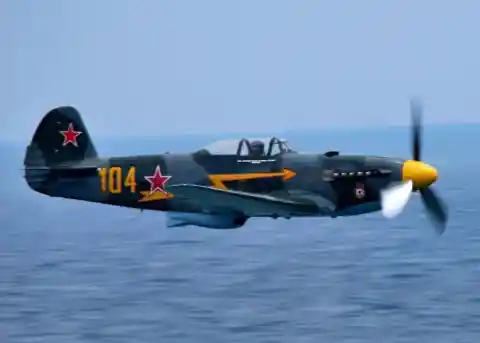
One of the most heavily produced fighters of all time, the Yak-9 dominated the skies during the 1941 Operation Barbarossa.
Known as the “Wooden Wonder Plane,” this all-wooden plane was a solution to building planes when materials were scarce.
MIG-21
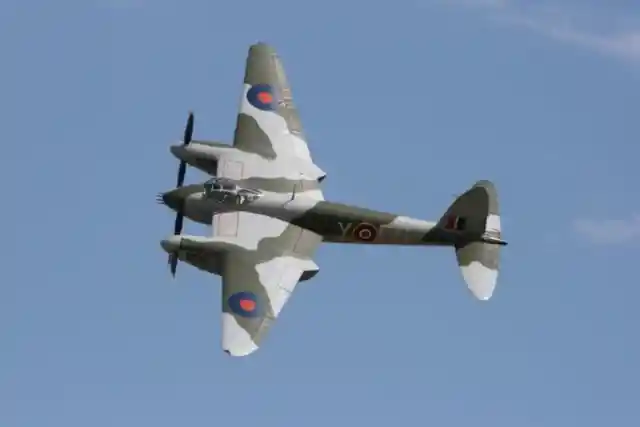
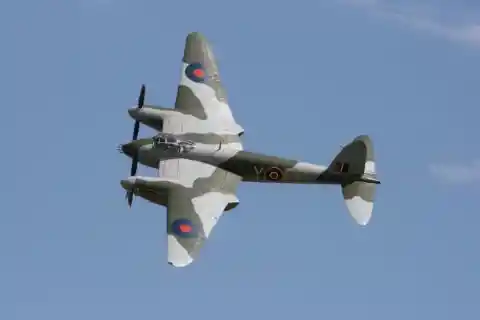
It appeared in all theaters of WWII.
Between 1959 and 1985, this warbird was utilized in the air forces of over 60 countries worldwide. The only drawback?
BELL UH-1 IROQUOIS
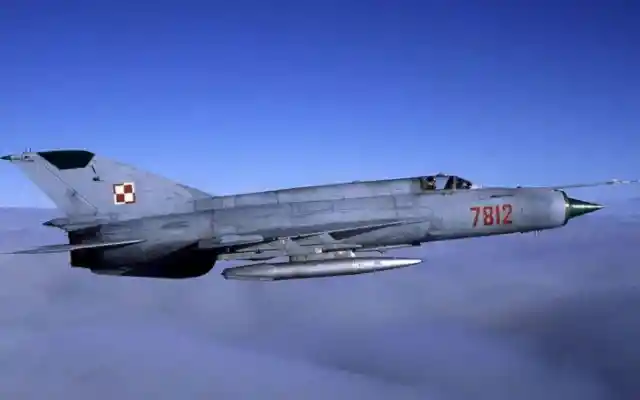
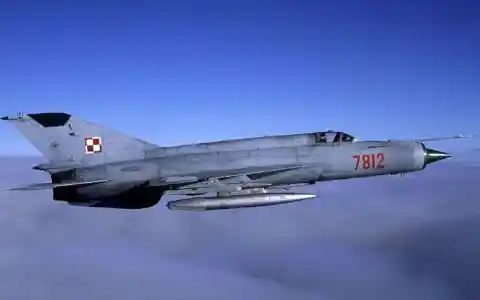
It could fly for no more than 45 minutes.
The staple of the Vietnam War, Bell “Iroquois” choppers were produced to the tune of 7,000.
NORTHROP GRUMMAN B2 BOMBER
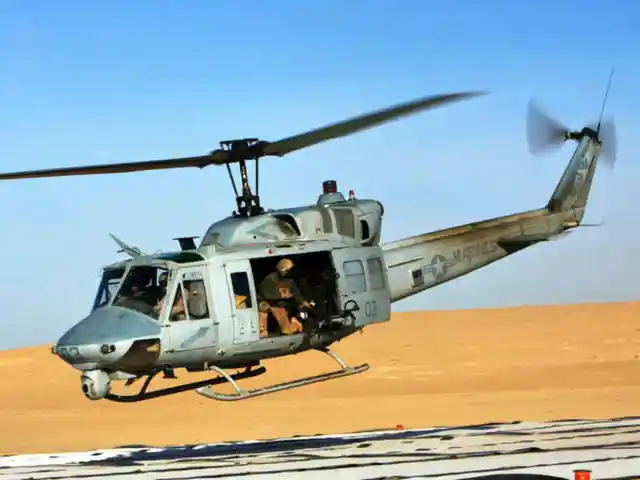
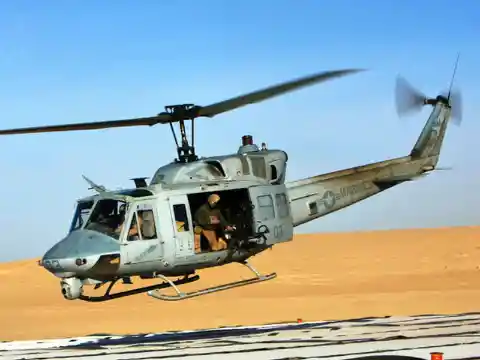
During the war, over half were destroyed.
The iconic stealth bomber is still hard at work.
BOEING B-52 STRATOFORTRESS
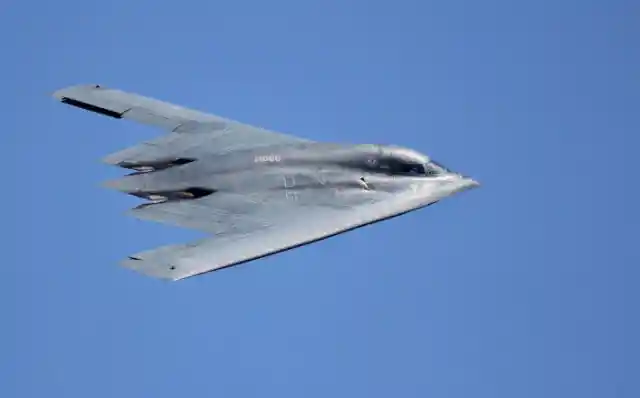
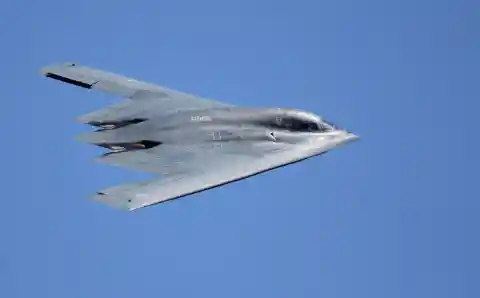
It has delivered all over the world, and will be around until nearly 2060 most likely.
The massively long wing gives this airplane the ability to contain a bunch of engines. And missiles.
LOCKHEED P-38 LIGHTNING
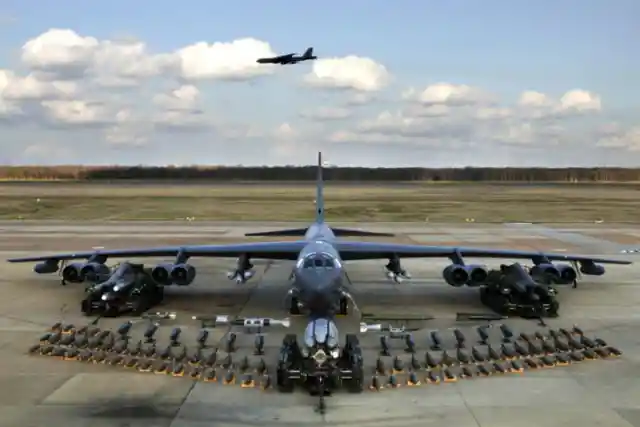
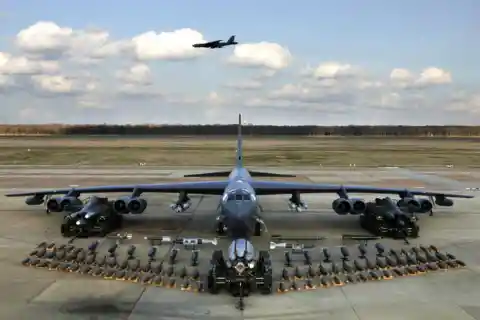
Can’t you tell?
The “Fork-Tailed Devil” looks like a bad guy’s plane from a 60’s cartoon show.
LOCKHEED U-2
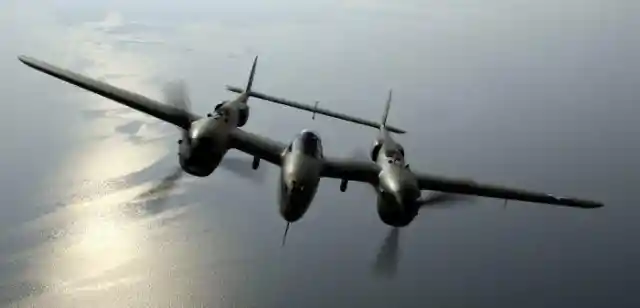
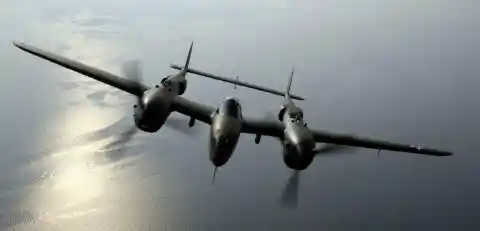
Pilots could fire four 50-caliber machine guns and a 20mm cannon, mounted from the nose.
LOCKHEED SR-71
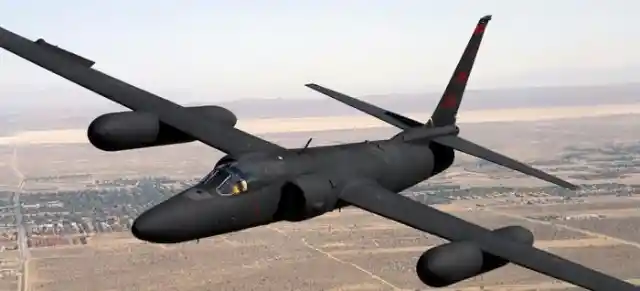
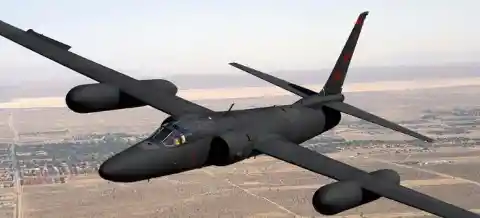
President Eisenhower’s reconnaissance aircraft intended to keep a tight eye on USSR advancements.
MCDONNELL DOUGLAS F-15 EAGLE
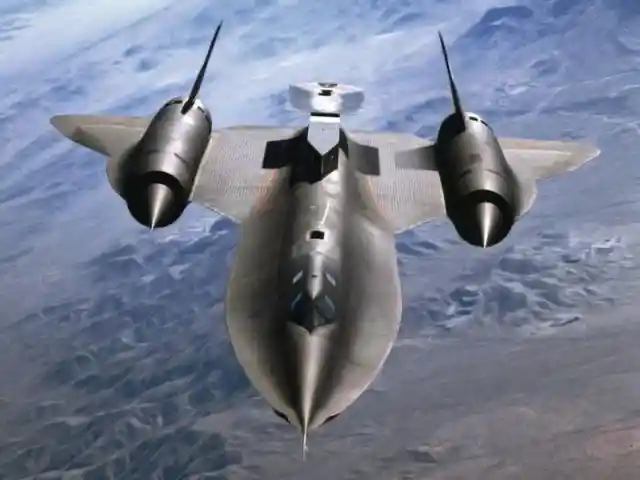
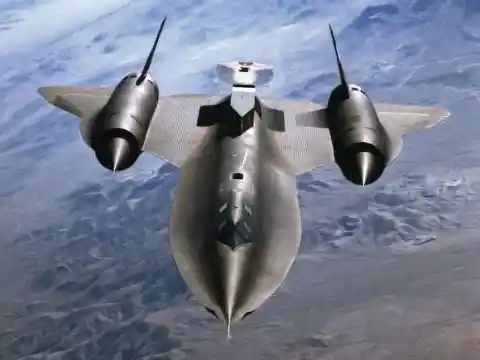
Surely one of the most rewarding flying experiences for any pilot, the Blackbird is in a league of its own through the ability to reach heights of 85,000 feet at speeds of Mach 3.
First taking to the skies in the early 1970’s, this F-15 remains undefeated throughout its history. It also broke eight time-to-climb records since its introduction.
ALBATROS D.III
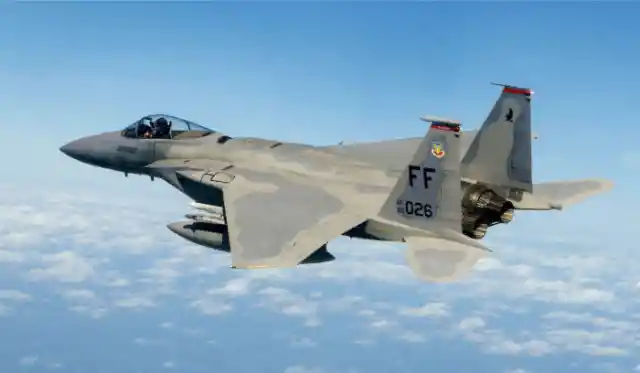
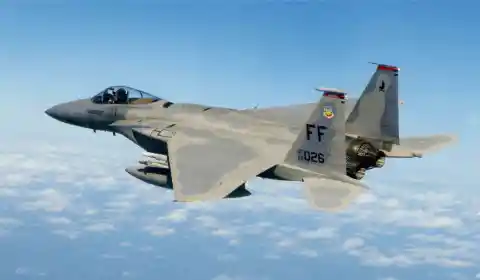
It even reached 98,000+ feet in under 3 and half minutes.
A WWI relic, the Albatros was introduced in 1916 in Germany.
MESSERSCHMITT ME-109
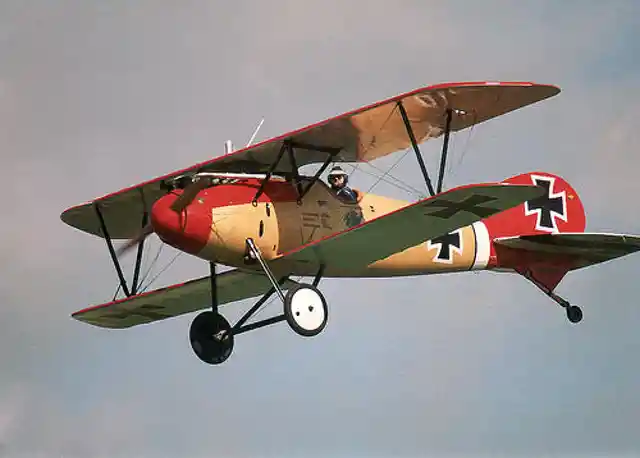
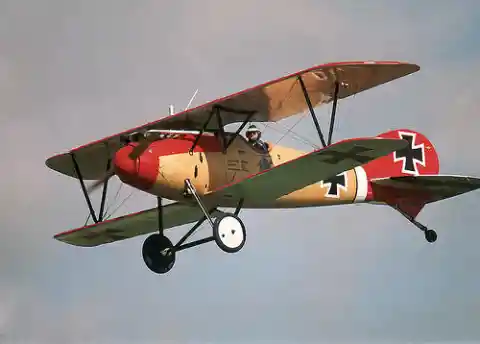
The use of plywood made this vessel one of the lightest of its era.
Germany spent the 1930’s hiding their aeronautical achievements in the form of civilian looking planes.
MCDONNELL DOUGLAS F-4
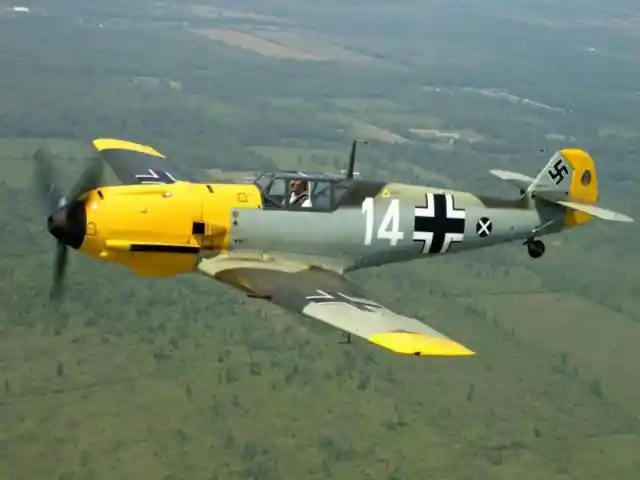
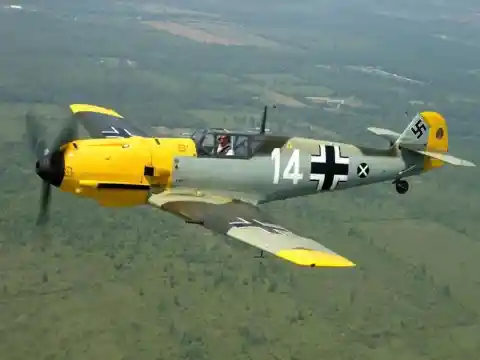
During the Battle of Britain, the Me 109 was Germany’s main escort.
They don’t call it the “Supersonic Powerhouse” for nothing.
GENERAL ATOMICS MQ-1 PREDATOR DRONE
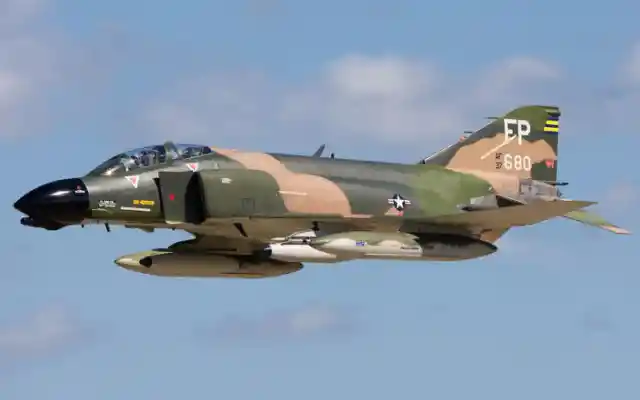
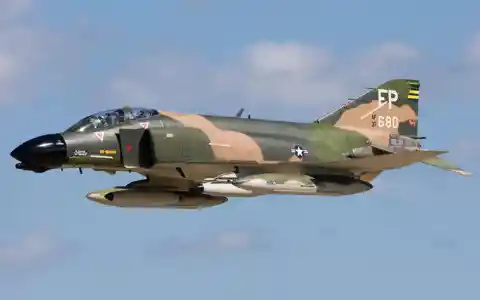
It can fly at 98,000+ feet and can travel from coast to coast in under 3 hours.
Some argue that this aircraft isn’t fair due to its unmanned nature (an argument that makes no logical sense). But regardless, this is a vessel to marvel for its engineering feats.
F-22 RAPTOR
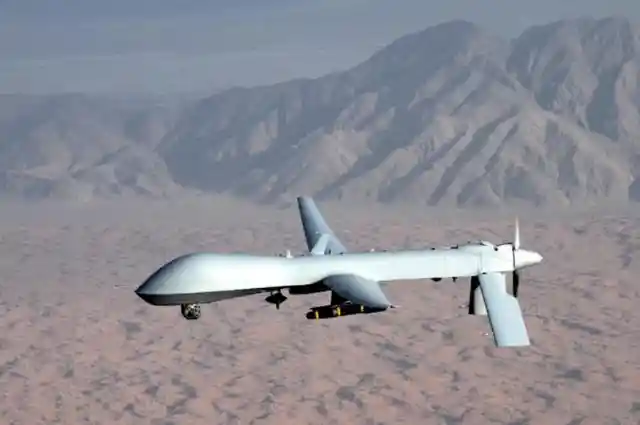
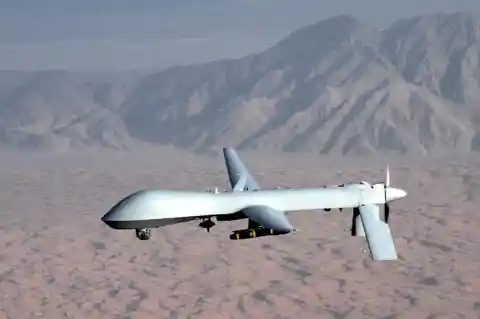
It is able to spy via the use of external cameras before dropping a weapon upon its intended target. This is all controlled via a pilot on the ground.
The hallmark of stealth air superiority fighter jets was introduced to the U.S. Air Force just a few short years ago (2005).
J-20
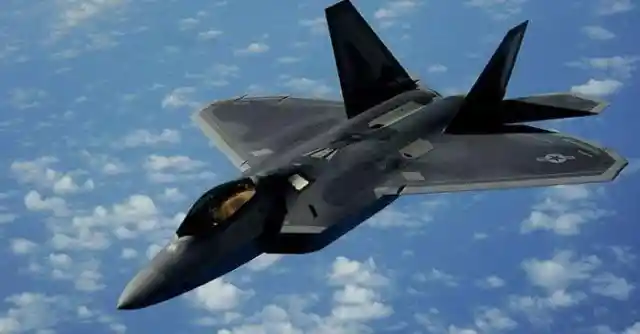
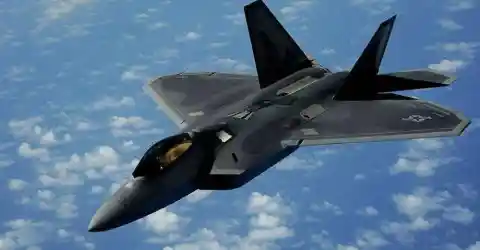
The F-22 Raptor has since a vital component of the USAF’s tactical air power, with many experts considering it “unmatched” by any known or projected fighter. Not only is it highly maneuverable, but it can performs these slick maneuvers while traveling at supersonic speeds.
The J-20 made its first flight on January 11, 2011 and entered service in 2016. Like the F-22 Raptor, this is a fifth-generation fighter jet.
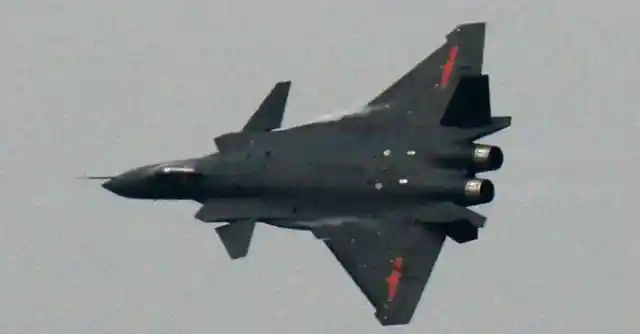
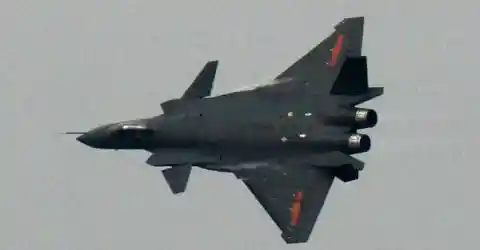
It is produced and operated by the Chinese military, and was created as a vehicle for boosting their stealth capabilities. A 2009 Wall Street Journal report indicated that the J-20 might have been influenced by America’s Lockheed Martin F-35 Lightning II, as information about the F-35 program had allegedly been compromised.